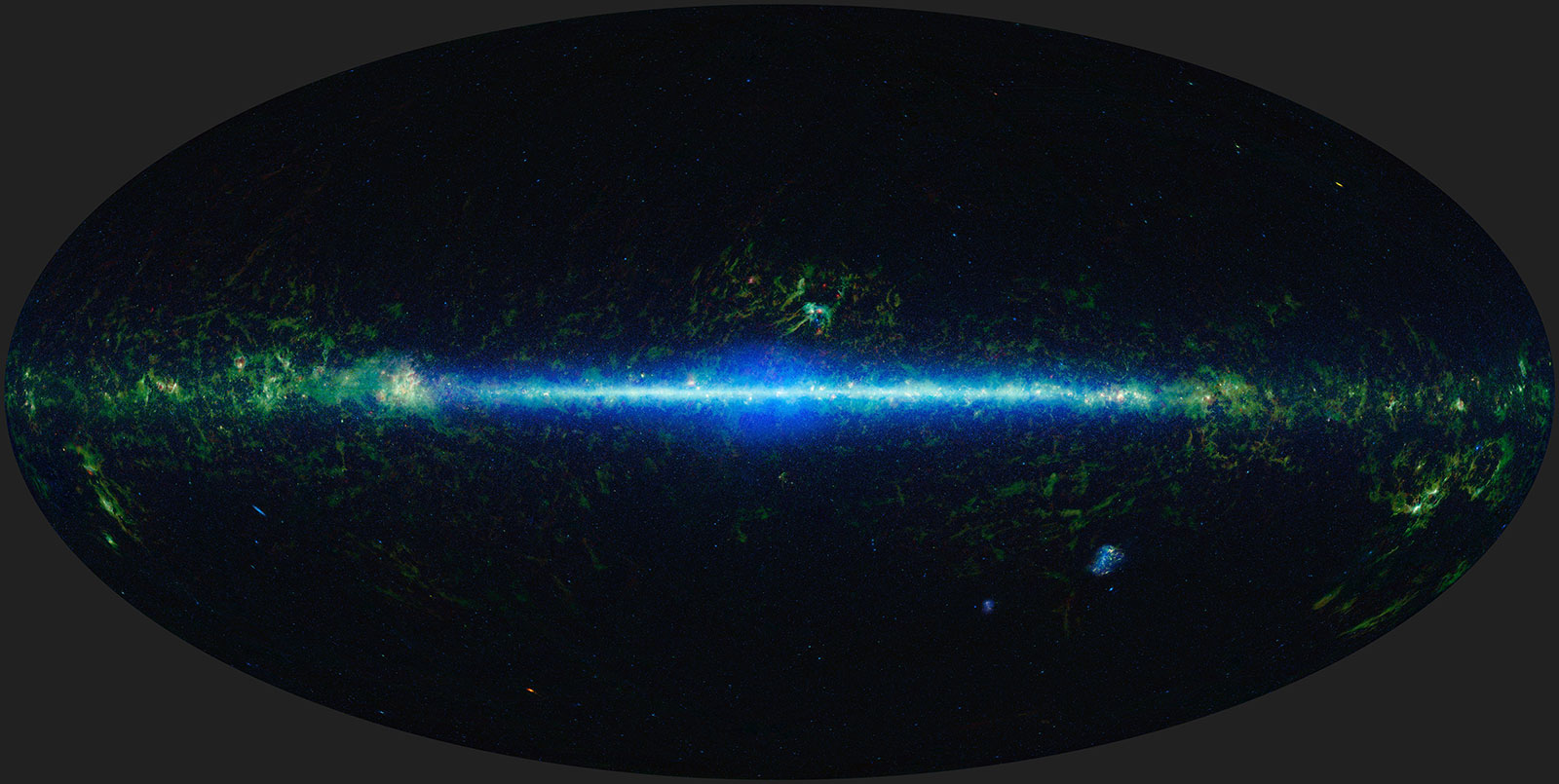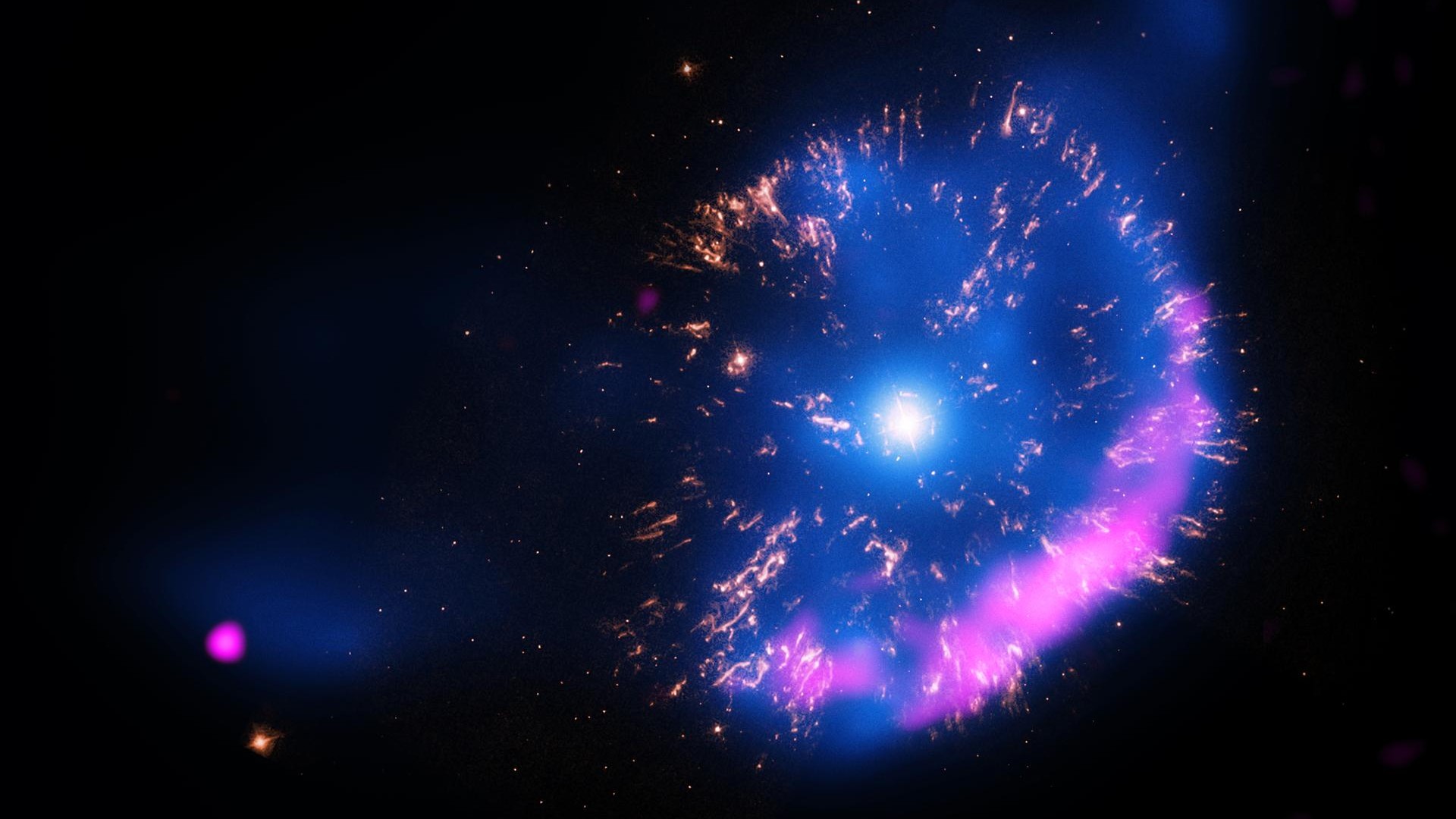Mysterious object called 'The Accident' has been careening through the Milky Way for 10 billion years
It's not quite a star, and it's not quite a planet — but it's soaring through the Milky Way, much closer than we thought.

Astronomers have taken the first detailed look at a mysterious Milky Way object known as "The Accident" — and discovered that it's even more perplexing than previous studies indicated.
The Accident is not quite a star (scientists can tell from its dim glow that there's no nuclear fusion powering the object), and it's not quite a planet, either. According to a study published June 30 in The Astrophysical Journal Letters, The Accident is something in between — a rare class of object known as a brown dwarf, or a failed star.
Brown dwarfs can be up to 80 times larger than Jupiter, but they typically hold just a tiny fraction of the mass of Earth's sun, according to Brittanica. Astronomers suspect that these objects start their lives like stars but don't accumulate enough mass to sustain nuclear fusion in their cores; instead, brown dwarfs slowly cool and dim over millions or billions of years until they're nothing more than dull red or purple embers.
While brown dwarfs are far too dim to see with the naked eye, scientists have detected about 2,000 such objects in the Milky Way using infrared telescopes, like NASA's Near-Earth Object Wide-Field Infrared Survey Explorer (NEOWISE). The Accident turned up in one such NEOWISE survey of the sky, when a citizen scientist caught a glimpse of the object swooping across the screen and photo-bombing a different group of brown dwarf candidates. (This accidental discovery gave the object its nickname).
The Accident baffled scientists after its surprise discovery; it didn’t look like a typical brown dwarf. The object appeared faint in some infrared wavelengths, suggesting it was a very cold and old brown dwarf, but it appeared bright in other wavelengths, indicating that it was a warm, young brown dwarf.
"This object defied all our expectations," leady study author Davy Kirkpatrick, an astrophysicist at Caltech in Pasadena, California, said in a statement.
This contradiction puzzled astronomers and sent them on a hunt to examine the illogical object with NASA's Hubble and Spitzer space telescopes, as well as the infrared telescope at the W. M. Keck Observatory in Hawaii. With this extra data, the researchers learned that The Accident is even stranger than they previously believed.
Get the world’s most fascinating discoveries delivered straight to your inbox.
For one thing, it's moving fast. Located about 50 light-years from Earth, The Accident zooms through our galaxy at about 500,000 mph (800,000 km/h), which is much faster than a typical brown dwarf. According to the astronomers, this fact likely means that The Accident is very old and has been jostled around by the gravity of larger objects for billions of years, accelerating its movement.
The elements in the object's atmosphere are also puzzling. Based on the wavelengths of infrared light being emitted by The Accident, astronomers learned that the object is low in methane — a common gas in brown dwarfs with temperatures similar to The Accident, the team wrote. Because methane is composed of hydrogen and carbon, a methane scarcity suggests the object initially formed 10 to 13 billion years ago, when the Milky Way was filled almost entirely with hydrogen and helium but little carbon. (Carbon came later, as the oldest stars exploded and spread the element throughout the galaxy).
All this suggests that The Accident is an exceptionally old, incredibly cold brown dwarf that formed when the galaxy was poor in methane — making the object more than double the median age of all other known brown dwarfs.
"It's not a surprise to find a brown dwarf this old, but it is a surprise to find one in our backyard," said study co-author Federico Marocco, an astrophysicist at Caltech. "We expected that brown dwarfs this old exist, but we also expected them to be incredibly rare. The chance of finding one so close to the solar system could be a lucky coincidence, or it tells us that they're more common than we thought."
Finding more ultra-old, ultra-cold brown dwarfs could be challenging, the researchers said, given how dim they appear even to the most sophisticated infrared telescopes. But with more eyes on the stars than ever before — thanks to trained astronomers and citizen scientists — it's only a matter of time before someone sees another accident.
Originally published on Live Science.

Brandon is the space / physics editor at Live Science. With more than 20 years of editorial experience, his writing has appeared in The Washington Post, Reader's Digest, CBS.com, the Richard Dawkins Foundation website and other outlets. He holds a bachelor's degree in creative writing from the University of Arizona, with minors in journalism and media arts. His interests include black holes, asteroids and comets, and the search for extraterrestrial life.



